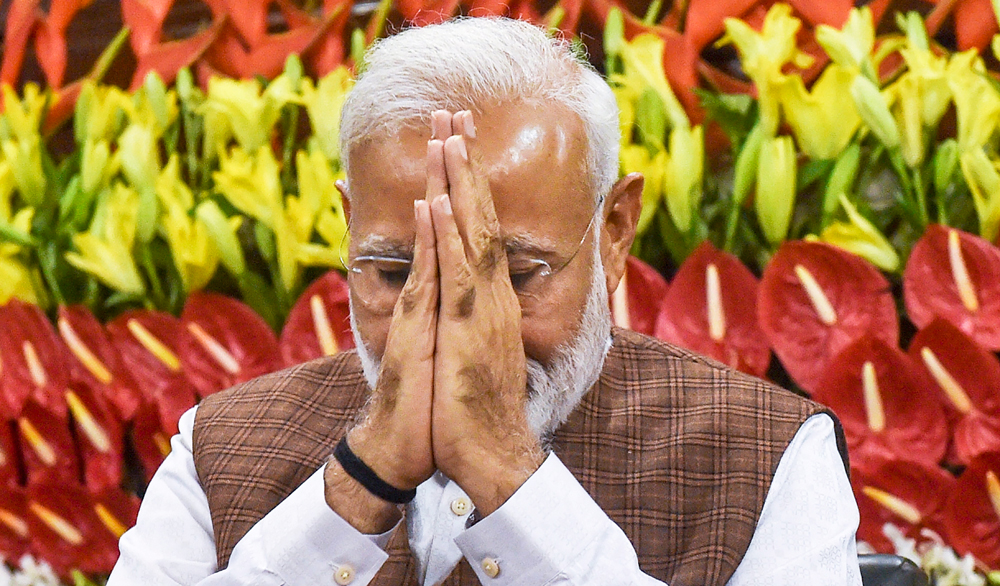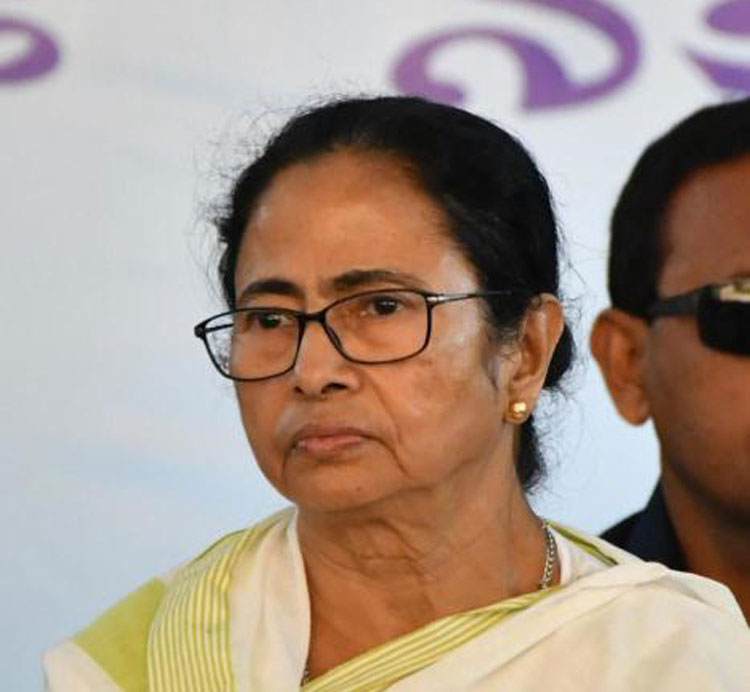The chief minister of Bengal, Mamata Banerjee, was on her way to Naihati last week when she heard some people chant “Jai Shri Ram”. She asked them to stop. They didn’t. And what followed is a tirade, finger-pointing, incessant politicking, arrests and a transfer. The whole thing was an action replay of an incident from sometime mid-elections. It was also reported recently that a BJP worker was stabbed to death allegedly by Trinamul workers in East Burdwan’s Ketugram for chanting “Jai Shri Ram”. Social media is indignant. Suddenly everyone is asking — what is with this repugnance to a chant innocent? But actually everyone knows, the matter is no more about Ram than Ayodhya is. And that goes for the chanters, and the chanted at alike.
Enchanted. Disenchanted
“Our culture is of Saare Jahan Se Achchha, of Jai Hind,” Banerjee thundered. “Cultures should not be imposed on people,” she added. Earlier this month, a Muslim youth had been beaten up in Gurgaon and forced to chant “Bharat Mata Ki Jai” and “Jai Shri Ram”. The same week when Narendra Modi took oath as Prime Minister he was cheered on by “Har Har Mahadev” and “Jai Shri Ram”. And when Pratap Sarangi took oath as a junior minister, many were reminded of that night in 1999 when a frenzied mob chanting “Jai Bajrang Bali” had set fire to Graham Staines and his two boys. Bajrang Dal activists had been blamed for the violent act and at the time Sarangi had been Odisha convenor of the organisation. Since the 2013 Muzaffarnagar riots, peace committees are working overtime in that geography. Result: today, after “unity meetings”, Hindus say “Allahu Akbar” and Muslims, “Har Har Mahadev”. When Sidhu was campaigning in Kishanganj during elections, he first shouted “Jo Bole So Nihal”, then “Allahu Akbar” and then “Bharat Mata Ki Jai”.
Azadi
These chants and their opportune incantations are reminiscent of battle cries, spirit and purpose et al. Researchers talk about the “disorderly clamour” of the barbarian cries as opposed to the “disciplined silence” of the Roman troops that invoked the cry “only immediately prior to or upon engaging with the enemy at close quarters”. (Anything in between was tantamount to distraction.) Over time, battle cries evolved from howls and hoots and shrieks to songs and invocations. “Alala,” the ancient Greeks had thundered. The Barritus is a guttural cry atypical of the late-Roman army. “Desperta Ferres or Awake Iron” was the cry of the Almogavars in the Middle Ages. Rebel Yell is what Confederate soldiers resorted to during the American Civil War. “Deus vult or God wills it” chorused the crusaders. “Banzai” thundered the Japanese forces in World War II. In the story of the deluded Don Quixote, Cervantes writes about the Moorish battle cry, “Lelilies”. In April, The Telegraph reported the death of a PhD scholar in Kashmir. As he lay on his deathbed, Jamsheed Jameel Mir, 29, managed to say through the polymask, “Hum ley kar rahenge…” A relative standing by his hospital bed completed his sentence and said — “Azadi.”













